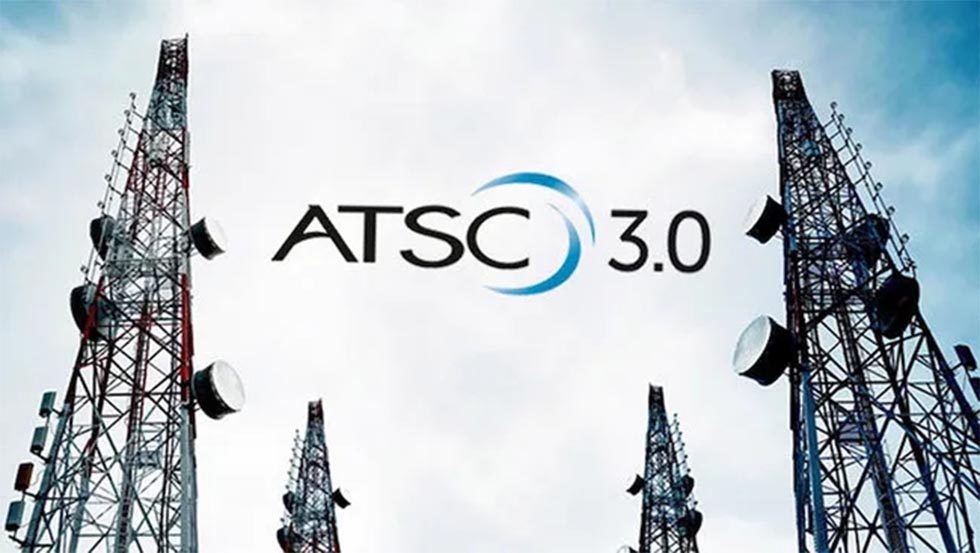New Tuner Offers Diversity in Mobile DTV Apps
While it won't be of much use in countries using ATSC for DTV transmission, MaxLinear's new integrated tuner/demodulator, with dual RF inputs and a diversity combiner, should be of interest to both Japan and the South American countries using ISDB-T or similar modulation for DTV transmissions.
The MaxLinear announcement notes that most mobile TV designs have an external whip antenna to improve reception in dense urban areas, but such antennas are expensive, break easily and prevent waterproofing of the handset.
MaxLinear says that such antennas may no longer be necessary.
Their MxL751SM tuner features "dual RF inputs, a diversity combiner, and 1-Seg demodulator," and was designed with sufficient sensitivity to meet the challenges of mobile reception.
"These portable designs can achieve improved reception using less sensitive and more cost-effective dual internal antennas, which reduces system costs and failure rates," the company said. "Dynamic switching between diversity and single channel modes is built into the device and all channel filtering is integrated along with providing digital carrier and timing recovery."
I have not heard much about diversity reception of ATSC legacy or ATSC mobile DTV signals. It seems that diversity reception should help, if the two antennas can be sufficiently isolated. As interest in ATSC mobile DTV grows, perhaps MaxLinear will offer a device that will work with the U.S. standard.
Get the TV Tech Newsletter
The professional video industry's #1 source for news, trends and product and tech information. Sign up below.

Doug Lung is one of America's foremost authorities on broadcast RF technology. As vice president of Broadcast Technology for NBCUniversal Local, H. Douglas Lung leads NBC and Telemundo-owned stations’ RF and transmission affairs, including microwave, radars, satellite uplinks, and FCC technical filings. Beginning his career in 1976 at KSCI in Los Angeles, Lung has nearly 50 years of experience in broadcast television engineering. Beginning in 1985, he led the engineering department for what was to become the Telemundo network and station group, assisting in the design, construction and installation of the company’s broadcast and cable facilities. Other projects include work on the launch of Hawaii’s first UHF TV station, the rollout and testing of the ATSC mobile-handheld standard, and software development related to the incentive auction TV spectrum repack. A longtime columnist for TV Technology, Doug is also a regular contributor to IEEE Broadcast Technology. He is the recipient of the 2023 NAB Television Engineering Award. He also received a Tech Leadership Award from TV Tech publisher Future plc in 2021 and is a member of the IEEE Broadcast Technology Society and the Society of Broadcast Engineers.
